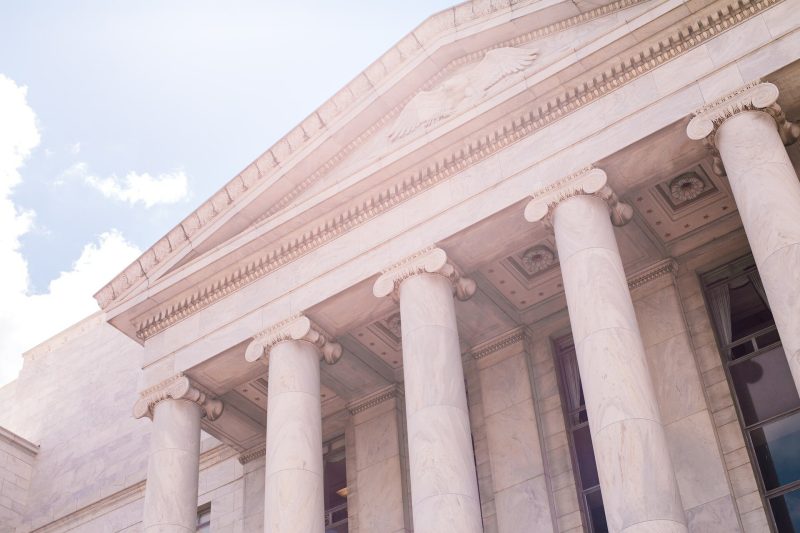The U.S. government of , acquiring approximately 200,000 coins (worth around $5 billion) through seizures related to criminal activities.
The digital assets were seized from cybercriminals and darknet markets and are securely stored offline in encrypted hardware wallets controlled by various federal agencies, including the Justice Department and the Internal Revenue Service (IRS).
The fate of the U.S. government’s Bitcoin holdings has sparked curiosity among crypto traders.
Any decision to sell these assets could potentially impact prices and send ripples throughout the trillion-dollar digital asset market.
However, the government’s approach is not driven by market speculation or timing.
Instead, the accumulation of BTC is a byproduct of the lengthy legal process involved in confiscating and managing these assets.
Jarod Koopman, the executive director of the IRS’s cyber and forensics services section, that the government does not actively trade or time the market.
Instead, their actions are dictated by the timing of the legal process.
Recent seizures alone have added over 200,000 bitcoins to the government’s coffers, and even after selling a portion of them, the remaining holdings are valued at over $5 billion. It is likely that the total stash is even larger.
Government’s Liquidation Process Can Take Years
The process from the initial seizure to the final liquidation of these assets can take several years.
In some cases, this delay has worked in the government’s favor, as the value of Bitcoin has significantly appreciated over time.
For example, when the cryptocurrency exchange Bitfinex was hacked in 2016, bitcoin was trading around $600.
By the time the individuals responsible for the hack were arrested in 2022, and the Justice Department announced its largest-ever financial seizure of about 95,000 BTC, the token’s value had soared to $44,000. Today, it hovers around $27,000.
While the collapse of the FTX exchange did not result in any seizures, the U.S. government did take control of hundreds of millions of dollars in assets, including cash and shares of brokerage firm Robinhood Markets.
Robinhood repurchased the seized shares from the U.S. Marshals Service in August.
The crypto assets held by FTX are part of its bankruptcy estate, and it is expected that the funds will eventually be used to address the $8 billion shortfall in customer funds or to relaunch the exchange.
It’s important to note that when a government agency seizes a crypto asset, it doesn’t immediately become the owner.
Only after a court issues a final forfeiture order does the government take ownership and transfer the tokens to the U.S. Marshals Service, the agency responsible for liquidating seized assets.
During the legal process, the government holds the bitcoin as evidence or proceeds of the crime.
Since the shutdown of the Silk Road marketplace in 2013, the Justice Department has stored seized BTC in hardware wallets.
Notable cases include the seizure of 69,000 coins from and 50,676 coins from a Georgia man who pleaded guilty to stealing tokens.
The U.S. Marshals Service has adapted its liquidation process to align with the evolving crypto industry.
Initially, the agency conducted auctions to sell cryptocurrencies directly to interested buyers.
Venture capitalist Tim Draper over 30,000 bitcoins through government auctions in 2014.
However, in January 2021, the Marshals Service decided to sell some of its seized digital currencies through crypto exchanges.
To prevent adverse market impacts, the agency now sells the assets in multiple batches over an extended period.
One such sale occurred in March when the government sold 9,861 bitcoins via Coinbase.
The Marshals Service confirmed the sale, while Coinbase declined to comment.
The agency’s goal is to dispose of assets in a timely manner at fair market value.
Proceeds from these sales often go toward reimbursing victims or covering expenses related to investigating sophisticated crimes and acquiring necessary resources like crypto-tracing software.






